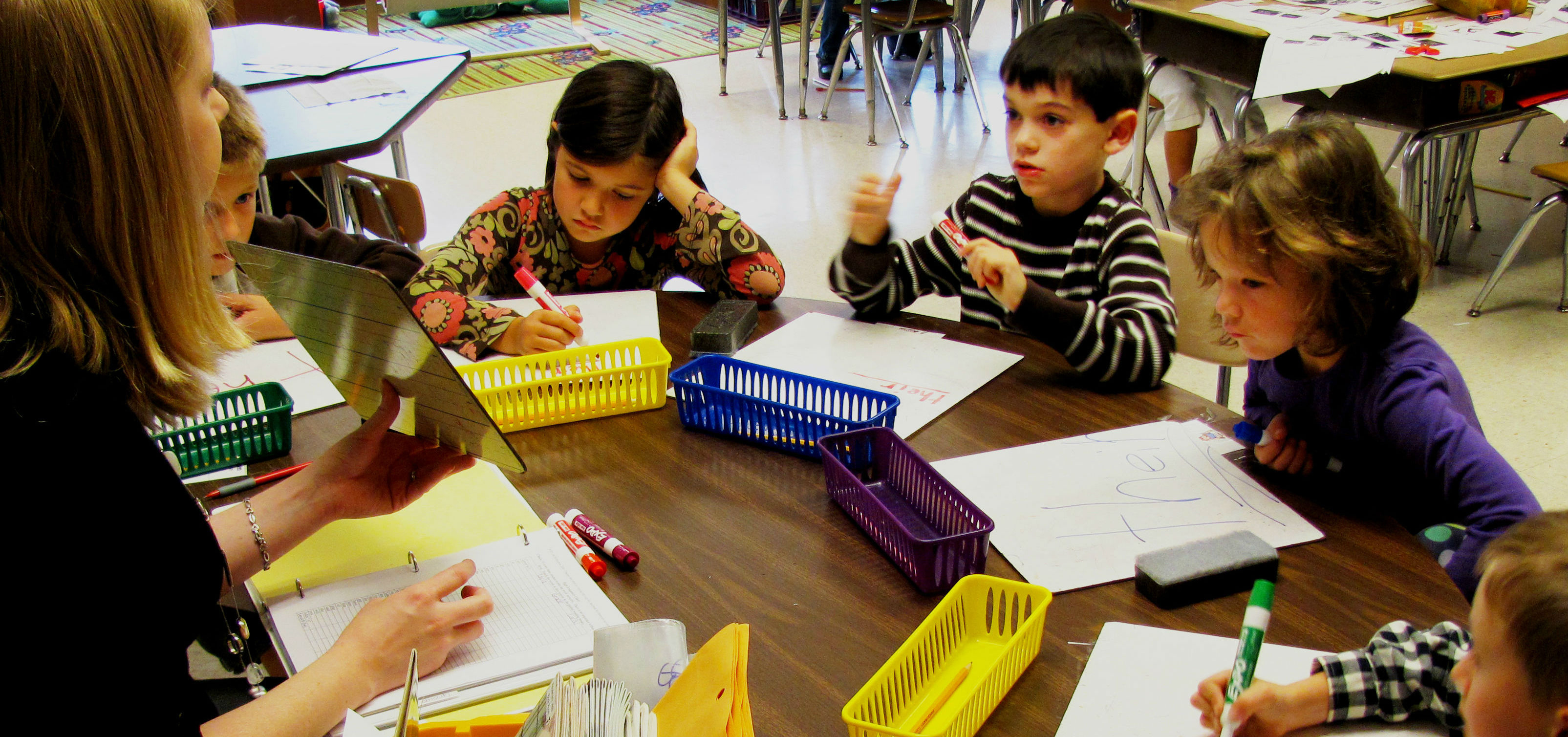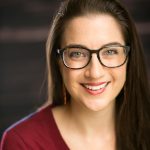Late last year, we published a blog post on new evolutions on top of the Station Rotation blended-learning models that we’d been hearing about from educators on our Blended Learning Universe (BLU). Our friends at Education Elements didn’t agree fully with the way we characterized these shifts. In the spirit of healthy debate, we sat down with Amy Jenkins and Scott Johns on the Ed Elements team to hear more about how their work reveals the ways in which the Stations Rotation classrooms remain a big part of the blended- learning equation—especially as a promising onramp to pursuing blended and personalized learning.
Q: We noted that there are educators moving away from the Station Rotation models. Do you disagree? Given your work with school districts, how would you summarize the state of Station Rotations today?
A: While we certainly agree that there are limitations to the Station Rotation model, as there are to every instructional model, the article doesn’t tell the full story and seemingly ignores what is truly occurring in the majority of blended-learning classrooms: a gradual evolution from rotations to more advanced models.
In working with more than 500 schools over the past five years, we found that the Station Rotation model is a scaffolded step for individual teachers to implement innovation in their classrooms. In fact, it is rare to find a district that is prepared to start with instructional models beyond a rotation across all schools. Rather, over time teachers and schools gain the expertise and skills required to incorporate more advanced models into their classrooms. This gradual evolution from the Station Rotation model to more advanced models occurs (and is needed) for a variety of reasons.
Q: When it comes to providing those scaffolds for teachers, in what ways do Station Rotations prove especially powerful models?
A: Shifting from teacher-led whole group instruction is hard. For the majority of teachers, taking a first step away from whole-group instruction is no small feat. As Scott Knopp, principal of Willow Creek Elementary in Nampa School District, shared with us, “We have known for a long time that teacher-led, whole-group instruction is one of the least effective methods to teach our students. But, despite talking about this repeatedly, shifting away from teacher-led, whole-group instruction is easier said than done.” Principal Knopp went on to note that utilizing the Station Rotation model has provided a sure-fire way for his teachers to begin their journey toward better instruction. As a first step toward infusing innovation into classrooms, the Station Rotation model creates opportunities for teachers to succeed in a low-risk environment.
Q: What about students? Are there best practices for bringing students along on the blended journey?
A: Students need opportunities to practice self-direction before engaging in advanced models. Just as teachers need time to develop skills before jumping to more innovative models, students need authentic opportunities to practice certain skills before making this leap. Paramount among these skills is the practice of self-direction. The Station Rotation model presents students with authentic opportunities to practice metacognition, prioritization of tasks, self-governance, tracking of data, setting goals, and other skills in a low-risk environment, ultimately creating an environment to engage in self-direction by small increments through a scaffolded structure.
Q: As our blog post noted, we’re starting to hear about a handful of educators who are evolving past Station Rotations. Does that echo what you’re seeing or is something different afoot?
A: Many schools have yet to take a first step toward blended or personalized models. According to the article, a declining 58 percent of elementary schools active on the Blended Learning Universe (BLU) are engaging in a Station Rotation model. It is imperative, however, to recognize that these schools represent a tiny fraction of the thousands of schools across the country. To insinuate that the Station Rotation model is now passé or outdated fails to recognize the nascent state of blended and personalized learning throughout the country. In fact, all schools currently seeking to implement blended or personalized models should continue to be viewed as pioneers. So while we applaud the analysis of the trends in these schools, the messaging must be conveyed thoughtfully so as not to mislead schools just starting their journey of innovation.
In many schools, shifting to a Flex or Individualized Rotation model without engaging in a Station Rotation model first can be compared to driving a car without taking a driver’s education course. Just as drivers need training, teachers need the opportunity to make the shift to a blended or personalized learning environment. In several situations, we have seen that bypassing a station rotation model for a more advanced model leads to issues.
Q: As we wrote about, some educators may be tweaking or changing their classroom models. But there’s less data out there on the systemwide dynamics that shape what blended models are or aren’t possible. What are you guys hearing when it comes to systems to support teachers implementing a Station Rotation or other models?
A: Changes to school and districtwide systems are needed to support disruptive models. As teachers gain expertise through rotational models, they become better prepared to implement more disruptive models of blended or personalized learning. To implement these advanced models, however, systemwide changes are necessary to provide an integrated experience for students. This requires online-offline curriculum alignment, changes to schedules, and even training coaches. To do this, school leaders must articulate a clear rationale for the shift and develop systems of support for teachers to succeed. Implementations lacking change drastically the factory model of education that is so prevalent in today’s system.
Q: As advocates for personalized and blended learning, sometimes we risk rhetoric outpacing reality. If we understand innovation as a process, how can researchers, advocates, and educators alike describe that process accurately?
A: As passionate educators and organizations across the country continue to work toward identifying and scaling innovative breakthrough models, we strongly encourage careful reflection and restraint. While no panacea exists to transform our classrooms overnight, innovations like blended and personalized learning hold great potential. We must recognize, however, that the implementation of such occurs on a continuum for each teacher, classroom, and school—and each at a different starting point. Certainly some teachers and schools will be able to bypass certain steps along this continuum. But we urge thought leaders to be cautious in making widespread suggestions that are disconnected from reality for the vast majority of schools. As we learn more about this continuum, our goal should entail the creation of precise messaging and scaffolded steps to guide teachers, classrooms, and schools along their journey.
Amy Jenkins is the Chief Operating Officer at Education Elements and passionate about supporting schools systems to prepare the learners of today for tomorrow.
Scott Johns is a Senior Design Principal at Education Elements where he supports dozens of school districts across the country to design and implement personalized learning.
For more, see:
- Why teachers should free up their time
- Why educators are moving away from the Station Rotation model


